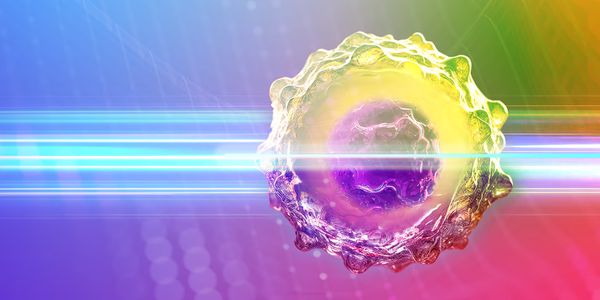Impairments of brain network connectivity in autism
-
Ralph-Axel Mueller, PhD
Director of the Brain Development Imaging Lab, Professor of Psychology, San Diego State UniversityBIOGRAPHY
With a rising prevalence recently exceeding 1%, autism spectrum disorder (ASD) has become a pressing public health issue. Crucial hurdles on the way to targeted treatments are (i) the reliance on behavioral diagnostic criteria for disorder known to be neurological in nature, and (ii) the lack of knowledge about biologically defined subtypes that may be linked to identifiable sets of genetic (and environmental) risk factors. Despite a plethora of neuroscientific findings, fully sensitive and specific brain biomarkers have not been identified. However, there are strong indications from genetics, postmortem literature, and neuroimaging supporting the investigation of brain network connectivity as a promising source of the needed biomarkers. Functional connectivity MRI (fcMRI) has been one widely applied method, but with a recently grown awareness of methodological issues, the initial model of general underconnectivity has to be revised in favor of concepts such as impaired network integration and differentiation in ASD. Anatomical connectivity has been primarily studied with diffusion tensor imaging (DTI), with findings supporting atypical age-related changes in tract maturation and organization as well as widespread white matter compromise in adolescents and adults with ASD. Multimodal imaging approaches will be crucial for a more comprehensive understanding of network abnormalities in ASD, but findings from fcMRI and DTI reflect different parameters of connectivity and do not always coincide. The mandate of hypothesis-driven investigation may create as much harm as good in the specific case of ASD research, as data-mining techniques (such as machine learning diagnostic classification) may be uniquely suited to uncover complex patterns of biomarkers.
Impairments of brain network connectivity in autism
Please update your information
Certificate of Participation
DOWNLOAD CERTIFICATE






